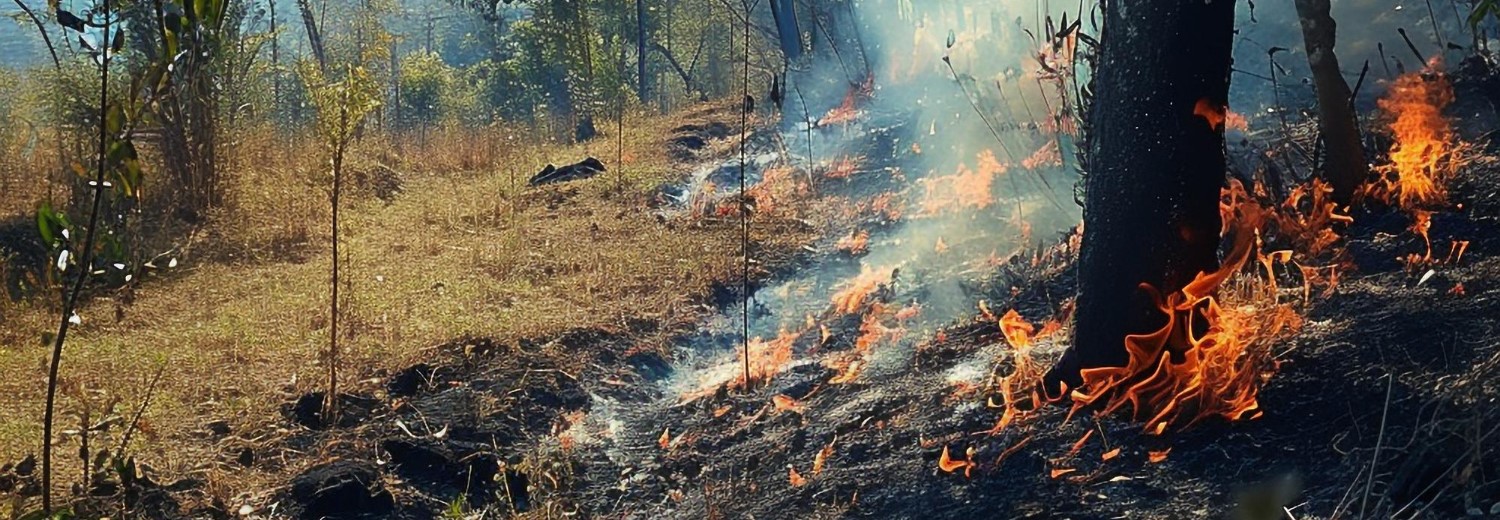Picture: stock
The ACT’s biggest threats this season are unpredictable grassfires and storms and so the Australian Warnings System (AWS) in place is being extended to cover flood and extreme heat events as well as bushfires, the agency says.
ESA Commissioner Wayne Phillips wants residents to update or create a survival plan and learn more about the changes to the AWS.
“The AWS is a national approach to warnings and public information during emergencies,” he explains.
“No matter where you are, you will see the same warning levels and icons across the nation.”
Mr Phillips says alerts will display warnings for three levels of threat: Advice, Watch & Act and Emergency Warning.
“Warnings will also contain information specific to the situation, the expected impact on communities, and advice on what you should do to stay safe,” he says.
FIRES
ACT Rural Fire Service (ACTRFS) Chief Officer Rohan Scott says they are expecting an “average” fire season with likely grass fires.
“With expected rain causing growth, a grass fire can happen anytime and anywhere so it is vital that our community is informed and prepared if one does occur,” he says.
“There are simple ways that you can prepare your home for a bush or grass fire including cleaning your gutters of leaves and debris, mowing your lawn and creating a home emergency survival kit.”
The service has already had to respond to several grass fires in the last two months, according to online incident reports.
STORMS
ACT State Emergency Service (ACT SES) Acting Chief Officer Steve Forbes says his volunteers are ready for the storm season.
“We encourage the community to secure loose items around the yard, trim overhanging trees, and ensure they know where to find information and what actions they can take when a storm hits,” he says.
“One of the key things that we are encouraging our community to be aware of this year is to know when to call the ACT SES on 132 500. This number is the best number to contact during storm and flood related emergencies,” Mr Forbes says.
“If safe and practical to do so, our volunteers undertake temporary repairs to homes to make it safe until the homeowner can get repairs completed.”
PARKS
ACT Parks and Conservation Service acting Executive Branch Manager Michaela Watts also has tips for those in parks and reserves.
“A couple of things you can do to make sure you stay safe are, explore with a friend, and tell someone when you will be back, be prepared with the right equipment such as footwear, a personal locator beacon and a map, avoid walking in the heat of the day and carry enough water to stay hydrated, as well as a first aid kit in the event of an emergency,” she says.
“ACT waterways and much of our parks and reserves are unsupervised, so it’s important you know your fitness level and the conditions before you head out.”
She points out that waterways can often be unpredictable with hidden or submerged hazards or fast-flowing water.






